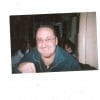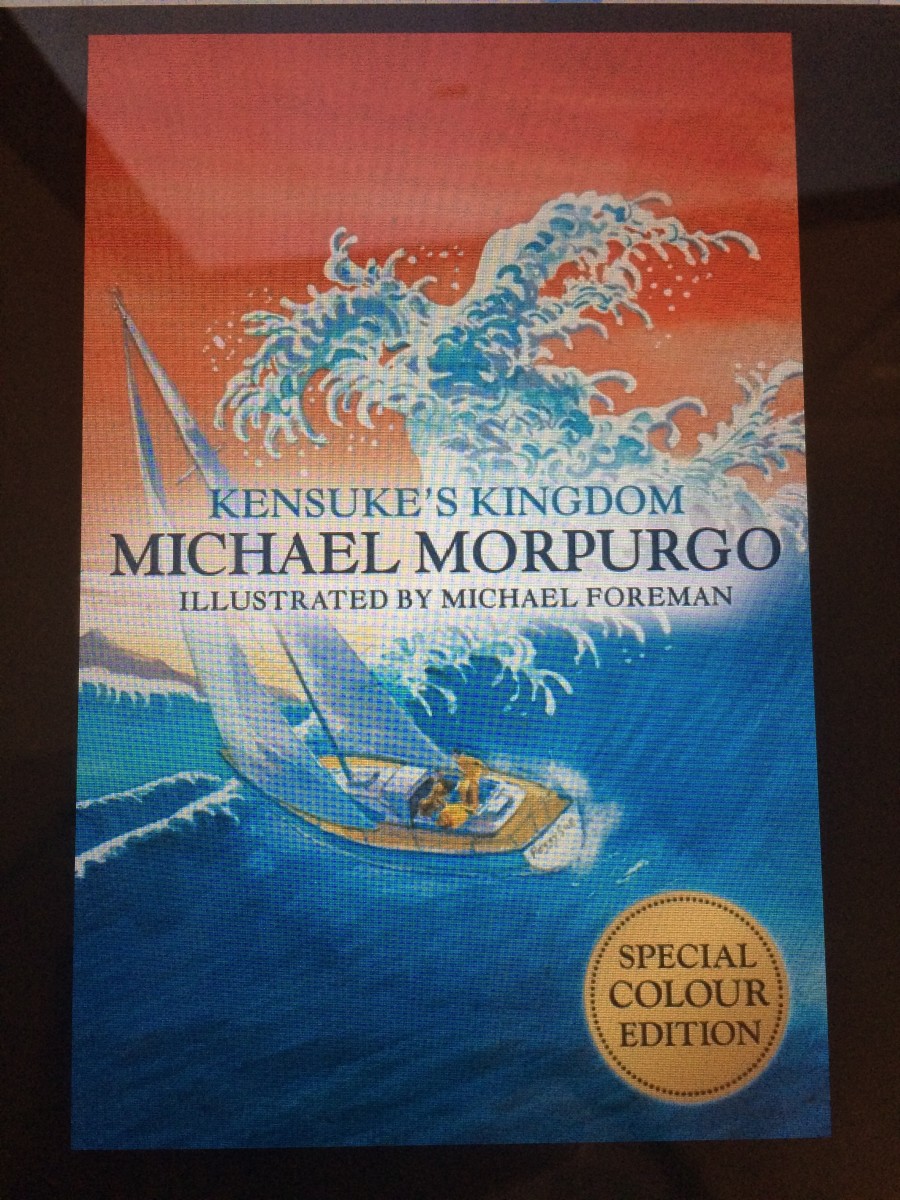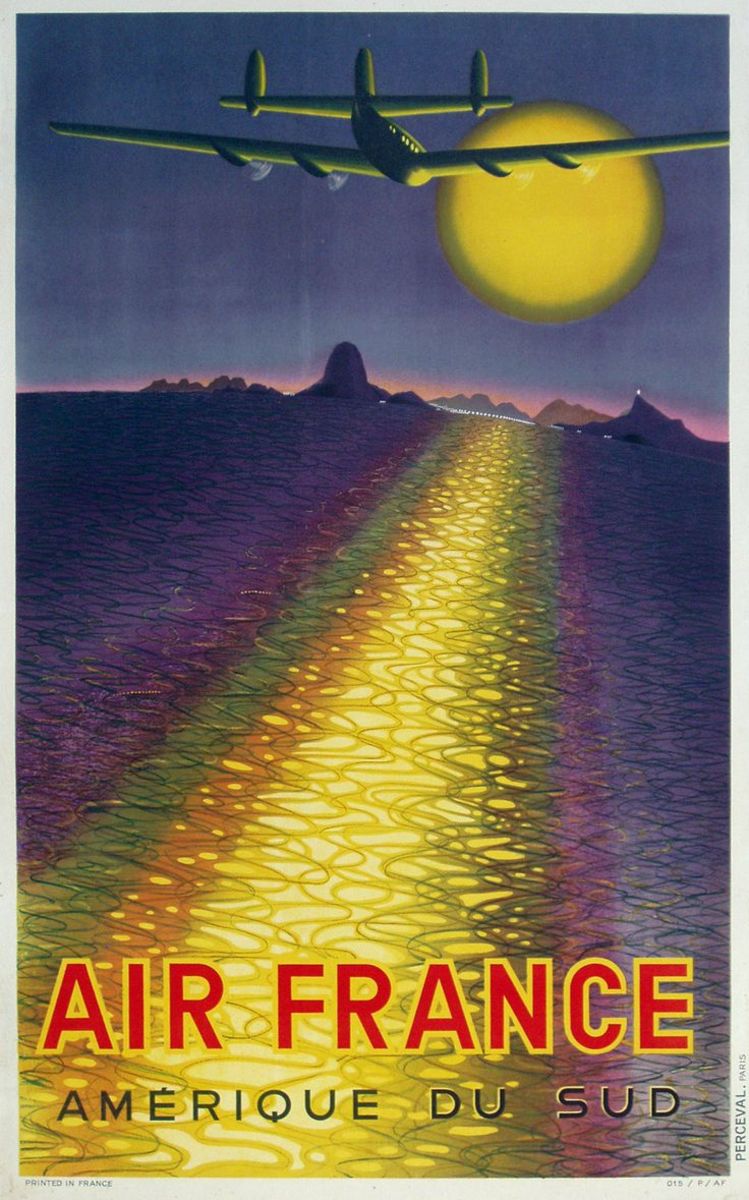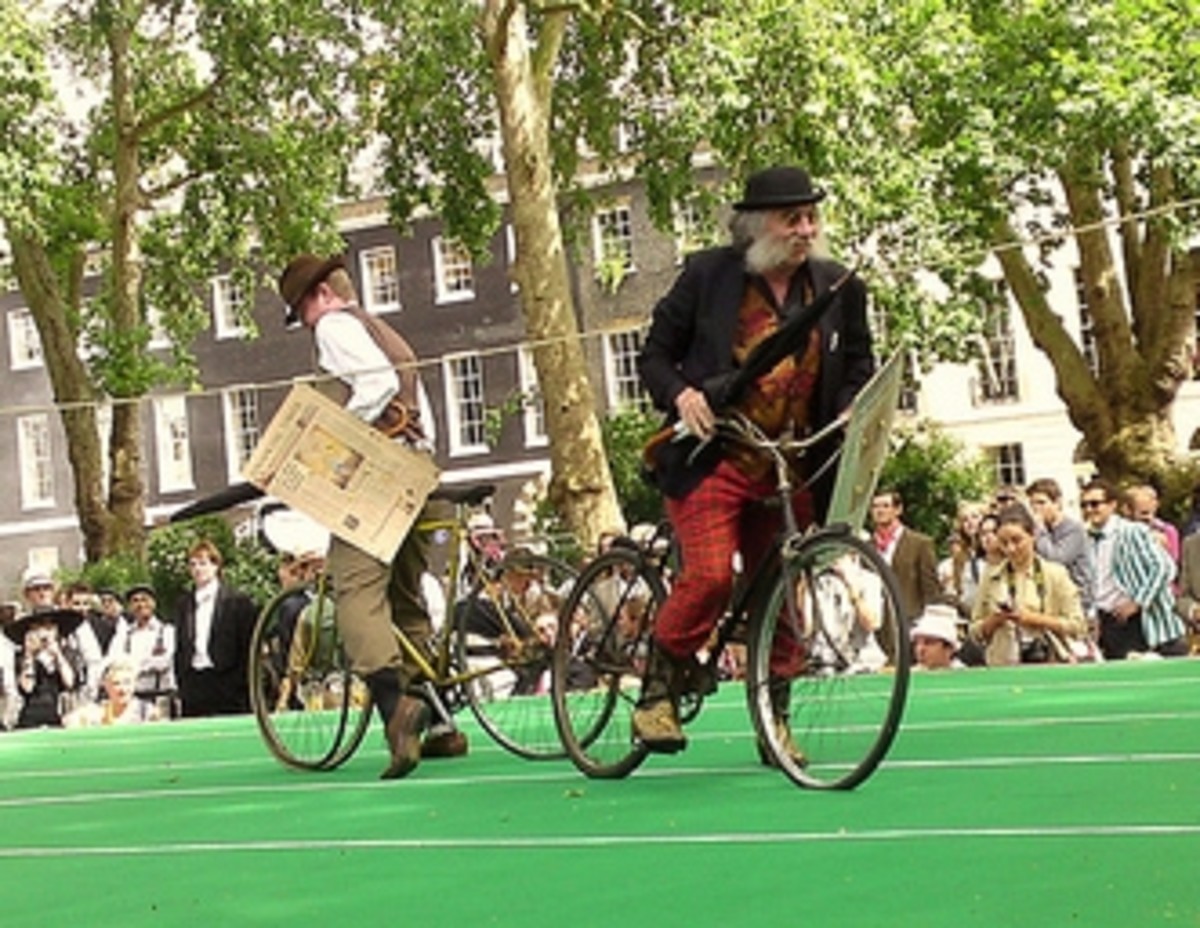Donald Crowhurst and the great boat race fraud
Donald Crowhurst--Doomed by his own scheme
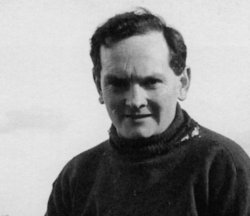
A massive fraud that ended in madness and death
In England, 1968, the Sunday Times sponsored the Golden Globe Boat race. The race was a challenge to circumnavigate the world by sea. There were to be prizes for the first place finisher and fastest completion time (assuming they weren't the same.) The planned course was to travel south from England down the Atlantic Ocean and then head east along the southern seas, circling the globe, until reaching the tip of South America, when the contestants would head north, going back up the Atlantic and returning to England. The rules were that each man was to be alone in his boat and not to set foot upon land until the journey was completed.
Several experienced boaters and sailors entered the race. Although there was a cash prize of 5,000 pounds (the equivalent of about 50,000 today) the main reason most contestants entered was for the fame and the challenge.
Donald Crowhurst was the anomaly in all this. Crowhurst was not an experienced seaman. He was a failed businessman and inventor who was in need of money. He was searching for a gimmick to market his newly created boat accessories, such as his new radio direction finder, the Navicator. He thought the race was a great way to get attention to his creations. He felt if he could complete the race on a boat filled with his personal designs, he would get rich selling his designs afterward.
The race was announced in April 1968 and the entrants were required to leave anytime between June 1st and October 31st. Aside from Crowhurst, there were seven other entrants...Robin Knox Johnston, Nigel Tetly, Bernard Moitessier, Chay Blyth, John Ridgeway, Alex Carozzo and Loick Fougeron. The trip was excepted to take anywhere from 8 months to a year.
Crowhurst was an underdog, since he was only an amateur sailor, with relatively little experience. His untested boat was an old, renovated Teignmouth Electron, (a 40-foot Trimaran) which he rebuilt and renovated by hand (with some help from a man named Arthur Piver.) This type of boat was not considered particularly safe for long voyages, far from land, because it was virtually impossible to right if capsized. It could also be very slow if overloaded. However, Crowhurst had a limited budget and had to work with what he had. He added his own innovations to the boat, which included inflatable buoyancy bags for stability, a water level sensor and a system of water pumps. (These were some of the designs he wanted to market after the race.) He also hired Daily Mirror reporter Rodney Hallworth to be his personal PR man, and to sing the praises of Crowhurst and his self-made boat.
Crowhurst was the last of the eight contestants to embark. The time limit to leave was drawing near and he was far from completing his renovations. He decided he would complete them en route, but unfortunately he would forget some of the vital equipment and spare parts he needed, so he was never able to finish them. He left, unprepared in his incomplete, untested boat on the evening of the last day allowed, Oct. 31st.
Crowhurst knew immediately that he was in trouble. He did not have the maritime skill to sail and navigate efficiently for a trip like this one. He had equipment problems from the very start. He was days behind the last competitor to leave (weeks behind Johnston and Moitessier) and his progress was very slow. He was travelling at half the distance daily he had hoped to. The rest of the pack was pulling away and leaving him far behind.
Crowhurst knew that he had little chance of winning but that wasn't his biggest worry. (He just needed to finish, not necessarily to win) His big fear was for his safety. He knew his boat wasn't totally seaworthy and he began to fear for his survival. In his diary, he wrote that he figured he had, at best, a 50/50 chance of living through this. He was in a seemingly unwinnable situation. Did he quit and face financial ruin or should he continue on a path that led possibly to death at sea?
It was sometime in December 1968, when faced with the hoplessness of his circumstances, that Crowhurst got his fateful idea. He decided to fake his trip around the world!
His plan was to remain adrift in the South Atlantic seas for the next few months, until the rest of the racers circumnavigated the globe and returned to the Atlantic. By monitoring their progress on the radio, he could pick a time to slip back into the pack unnoticed and complete the race. He knew this meant falsifying his logs, but he knew that if he was one of the last to finish, his logs wouldn't be held to much scrutiny (if any.) Only the winners would be closely examined. Crowhurst felt this was the safest way to complete the race and market his inventions.
He began to make increasingly inaccurate radio reports of his progress, claiming that he was covering incredible distances and catching up to the rest of the pack. In fact, the distances he claimed to be travelling per-day were record breaking. People were amazed by his sudden burst of unprecedented speed. (Many people were skeptical.)
After a time, he claimed to be having radio problems and then stopped making contact. (He knew his position would be given away by his radio signal if he claimed to be on the other side of the world.) He maintained radio silence for the next few months, and people began to guess excitedly where he was and how much distance he had covered. In the meantime, Crowhurst had come ashore in February 1969 on the coast of South America (Another violation of the rules) to do some repairs to his boat. He was spotted by some people who didn't know who he was and gave him some food and supplies. He set back out to sea and began to fabricate the logbooks to justify his journey.
Chay Blyth, John Ridgeway, Alex Carozzo and Loick Fougeron had, for various reasons, been unable to finish their voyage and were forced to drop out of the race. That left Robin Knox Johnston, Nigel Tetly and Bernard Moitessier as the only other competitors, aside from Crowhurst. This made it harder for him to be "just one of the crowd" because the crowd was thinning.
In late February 1969, after rounding the tip of south America, Moitessor abruptly quit the race and decided to remain at sea. He shockingly planned to circle the world a second time. Moitessor claimed to have "found himself" during those months alone at sea and felt that he needed to remain alone to keep the spiritual peace which he had never felt before. (He would remain at sea for 18 months, making almost two complete trips around the world before he was forced to return to land. This decision cost him his marriage.)
Not long after that, Knox Johnston was the first (and only) person to complete the race. He returned to a media circus. Now all eyes were on the only remaining two competitors, who were vying for second place. Crowhurst had broken his radio silence and was now in contact with people again. The media was quick to point out that, due to his late leaving time, Crowhurst was set to break the world record (set by Francis Chichester two years earlier). He would win the award for fastest finisher in the race, as well.
This left Crowhurst in a bind. If he were to arrive as a supposed world-record finisher, his logs would be held to very close scrutiny and he knew that more experienced seamen than he would surely see through his improvised fabrications. He was bound to be exposed! Things got worse for him when Tetly, desperate to win second place, pushed his boat beyond it's limits and ruined the engines. His boat became useless and he had to call for a sea-rescue. That left Crowhurst as the guaranteed second-place winner. The whole world was waiting for him to arrive at the finish line.
It was at this time that insanity seemd to overtake him. Crowhurst kept a daily diary, as well as a visually recorded log. A later study of these showed that his sanity was slipping away by this time. The months alone at sea and the fear of being exposed to the world as a fraud were too much for his mind to take.(It's also been suggested that food poisoning contributed to his overall break-down.) He began rambling senselessly. In the final weeks he wrote 25,000 words of random, unconnected, aimless thoughts. His last entry was on July 1st, 1969.
Weeks went by and no contact from Crowhurst was received by radio. He didn't arrive in England when expected. As time passed, people began to fear the worst. A search-and-rescue mission was sent out.
Crowhurst's boat was found adrift on July 10th, 1969. There was no trace of Crowhurst. A search commenced but no body was ever found. While it's possible that he was knocked overboard by a rogue wave, the likelihood, based on his diaries and video journals, seems to be that he committed suicide, rather than face the humiliation of being exposed as a fraud.
His shocked family was informed, and not only had to deal with the death of a husband/father, but with the fact that he had committed a major fraud. Reporters wouldn't leave the grieving family alone. Knox Johnston was given the cash prize for having the best time, but he kindly donated it to the Crowhurst family instead. (Knox Johnston was the only person to finish the race.)
Crowhurst's boat was towed ashore. It still sits, beached and rotting, on the southwest shore of Cayman Brac, one of the Cayman Islands. It's become a tourist attraction.
